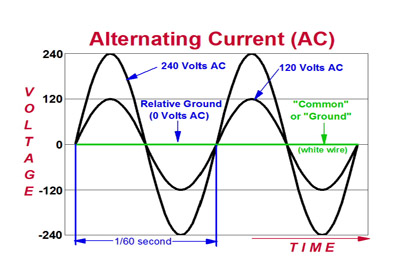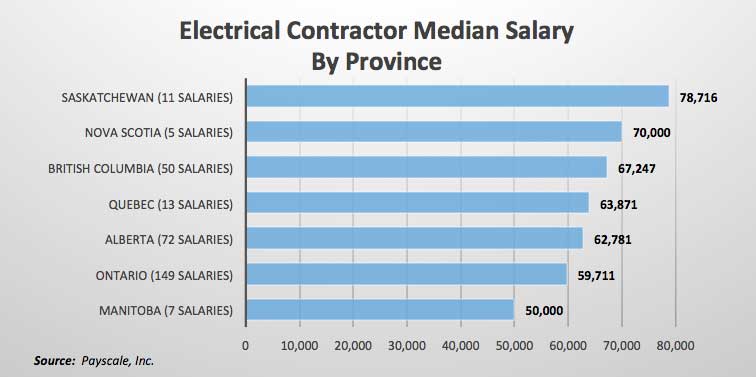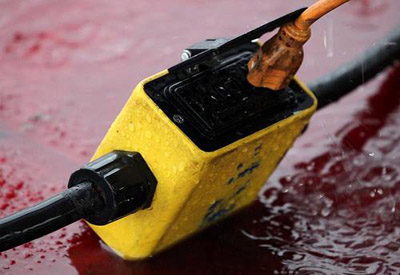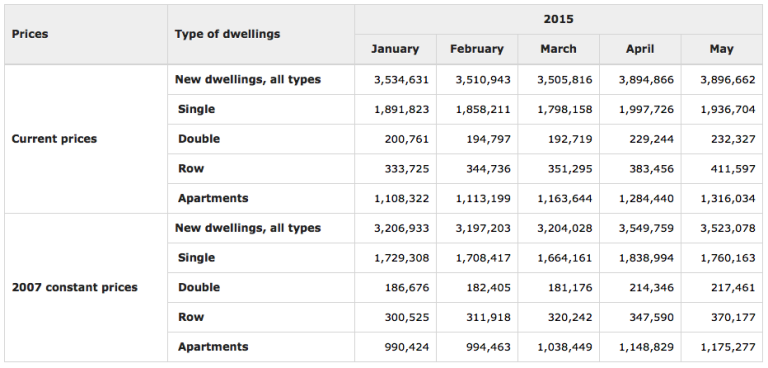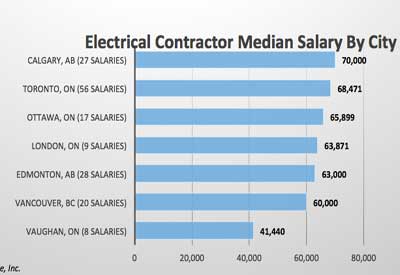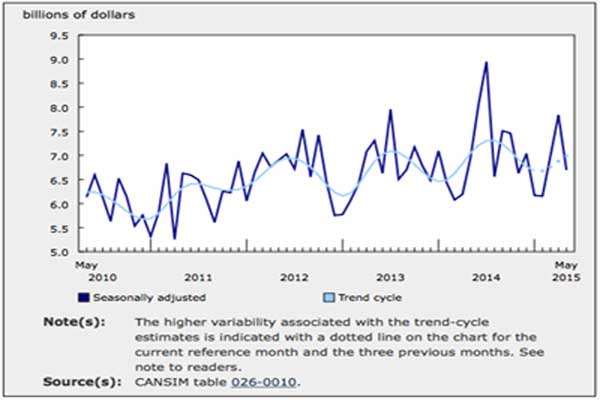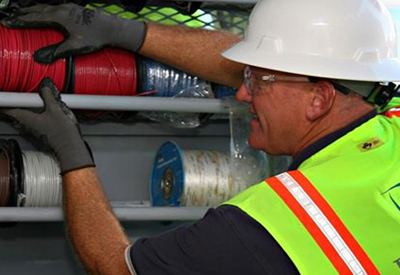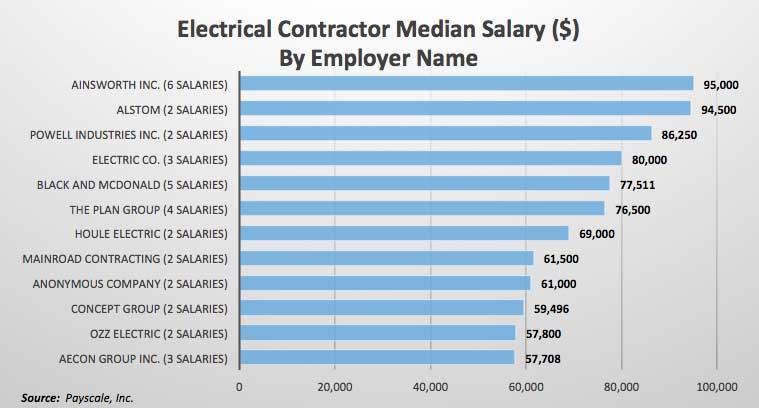-
-
6 Tactics to Maximize the Purchasing Function: Tactic 1 — Economies of Scale
This article is the first in a series that will examine six tactics the electrical contractor can use to maximize purchasing power and profitability though procurement…
-
-
-
-
-
-
-
-
-
Value of Building Permits Slipped in May
Following two months of double-digit gains in March and April, the total value of building permits issued in May fell 14.5% to $6.7 billion. Declines were recorded in five provinces, led by Ontario, which had posted a notable increase the previous month. The residential, industrial, institutional and commercial sectors were all affected.
-
-
Case Study: Temporary Power for Large Scale Residential Construction
Ever wonder how large construction projects with sales offices and show suites get power when there is only a generator or temporary power established on the construction site?TheBC Safety Authority (BCSA) pays close attention to these types of installations, since fire alarms, sprinklers, and other building code safety systems are not up and running during the construction phase of the project…\
-
-
-
Latest Articles
This project is funded [in part] by the Government of Canada.
Ce projet est financé [en partie] par le gouvernement du Canada.




